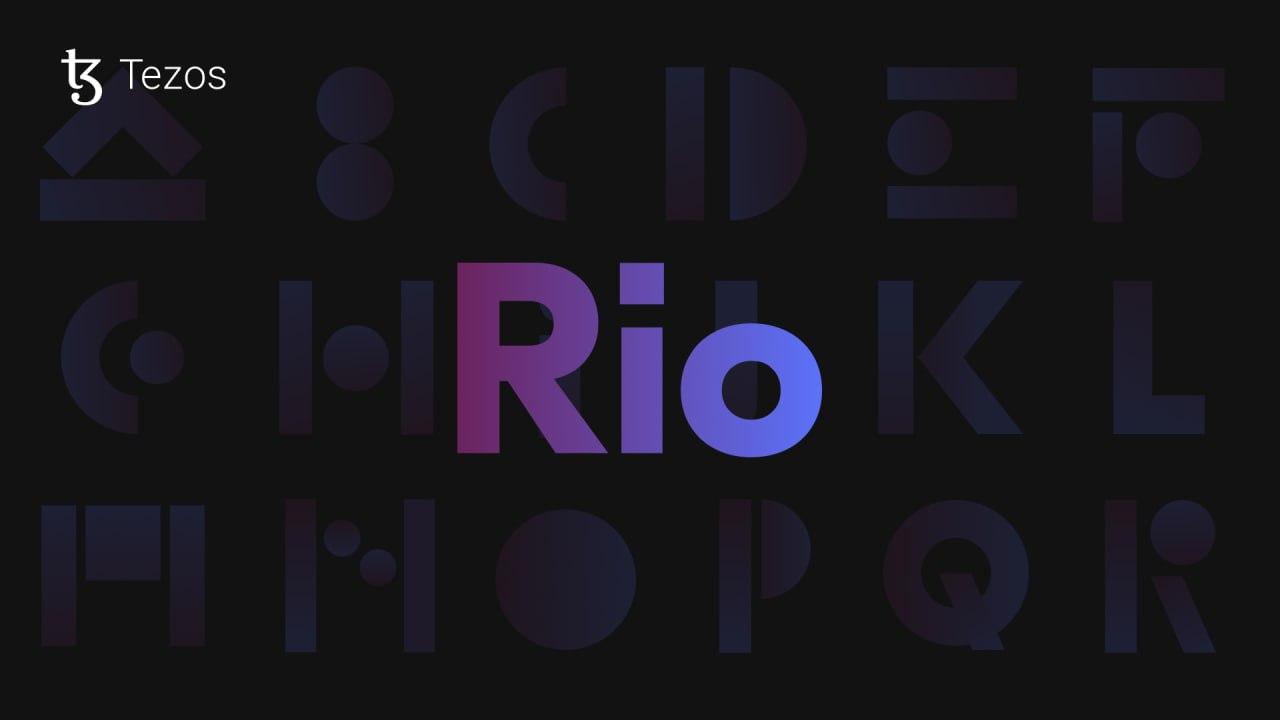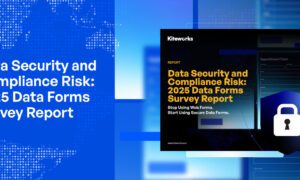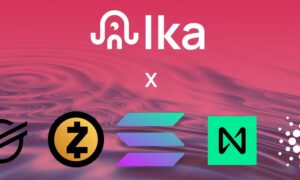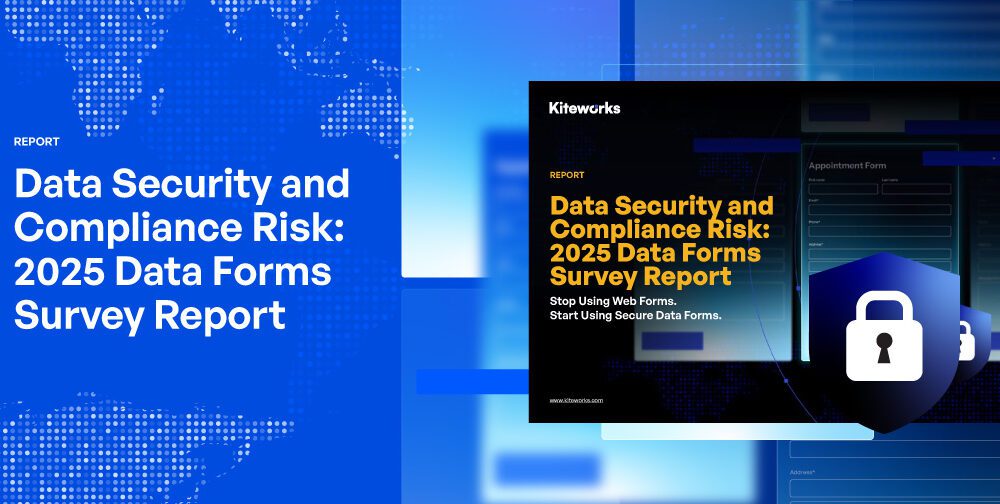Rio allocates 10% rewards to DAL participation, boosting L2 adoption; staking operations are now 3x faster
The Tezos blockchain has successfully activated Rio, its 18th protocol upgrade, moving one step closer to achieving the vision laid out under the Tezos X roadmap. Activated following an on-chain voting and governance process which saw widespread participation from bakers (validators) and other Tezos community members, Rio introduces a number of changes designed to make staking on Tezos more flexible, and marks an important step in the adoption of the Data Availability Layer (DAL) – a critical component for boosting L2 scalability.
Activated on Mainnet with the Paris protocol upgrade in 2024, the Tezos DAL is designed to significantly increase the amount of transaction data that can be published on-chain — by up to 4,000x — while also reducing costs for rollups like Etherlink. Seamlessly integrated into the Tezos protocol, the DAL’s security and integrity are guaranteed by Tezos bakers, and Rio adjusts Tezos’ rewards model to support and incentivize this.
Commenting on the upgrade, Yann Régis-Gianas, Head of Engineering at Nomadic Labs, said, “This upgrade reaffirms the Tezos ecosystem’s commitment to achieving unmatched L2 scalability. Economic activity on L2 platforms like Etherlink is growing rapidly, and with the Rio upgrade, the Tezos protocol is perfectly positioned to support and amplify this growth.”
Today, users of Web3 services expect to smoothly move funds from staking to dApps and back again, and the reduction of network cycle length from around three days to just one day following the Rio upgrade facilitates exactly this — making it faster and easier than ever for users to explore staking and other network activities. Protocol developers will work towards further reducing wait times for unstaking in future protocol upgrade proposals, without compromising the security of the network.
Lastly, to ensure smooth L1 network operation, the Rio upgrade introduces stricter baker inactivity thresholds. Unresponsive bakers are now marked as inactive after two days, losing their consensus rights until they rejoin. This change reinforces overall network resilience while reducing the risk of slowdowns — key qualities for any high-performance blockchain. It also affirms the Tezos community’s commitment to running the most efficient and reliable blockchain in the industry.
The changes introduced with Rio, jointly developed by teams at Nomadic Labs, Trilitech, and Functori, aim to improve the experience for both Tezos builders and users. Known for its self-amending capabilities and community-driven, on-chain governance, Tezos is now more resilient and future-ready than ever following the successful activation of its 18th protocol upgrade – nearly seven years since the launch of the Mainnet.
About Tezos
Tezos is an open-source and energy-efficient blockchain designed to empower institutions, developers, and businesses and facilitate value transfer in a digital environment. It is designed for the scalable deployment of decentralized applications. As one of the first Proof of Stake blockchains, Tezos is globally supported and valued for its strong governance, long-term upgradability, and smart contract capabilities. For more information about Tezos, visit http://www.tezos.com.
Contact
Head of PR
Eoin McGinley
Trilitech
eoin.mcginley@trili.tech



































